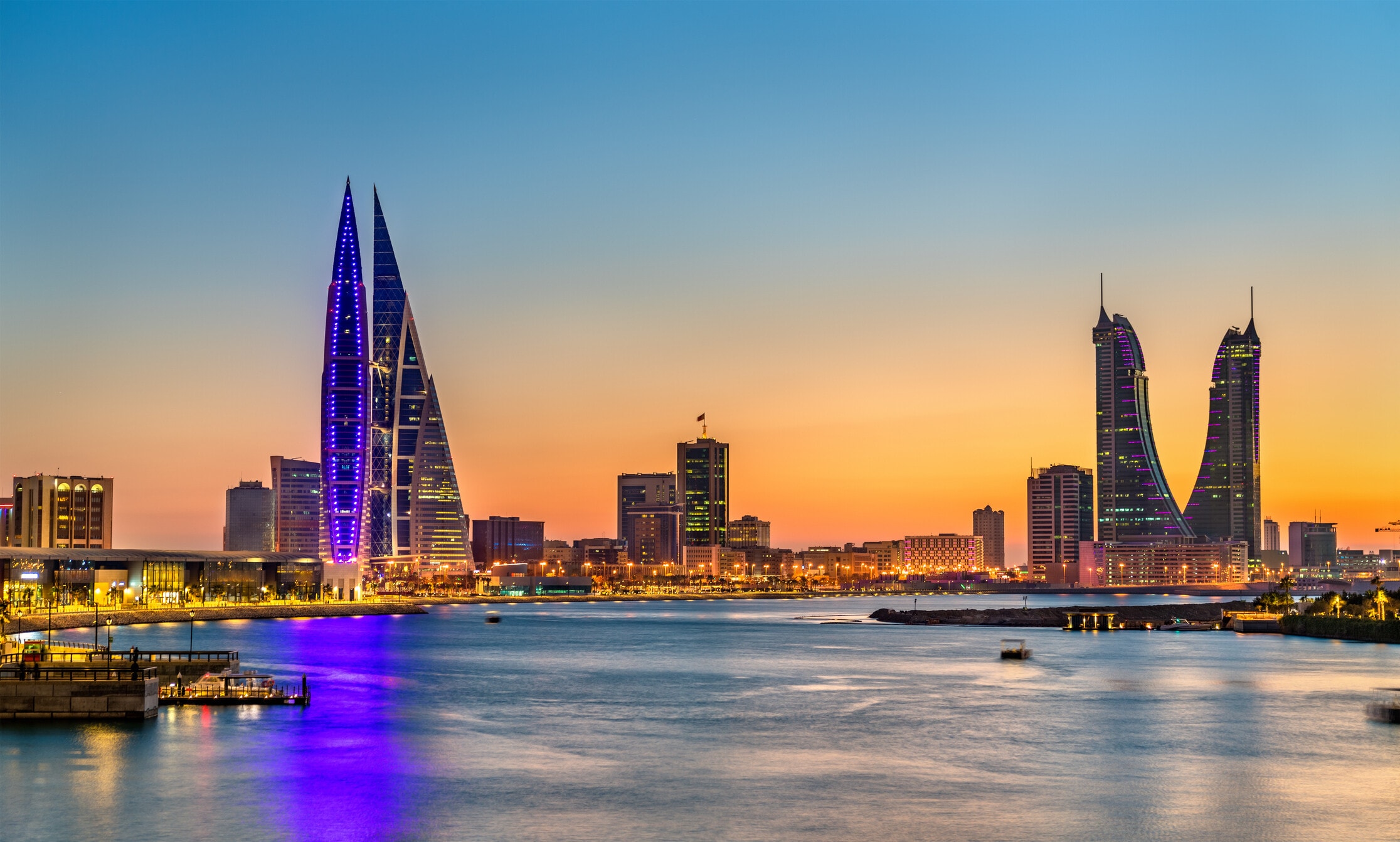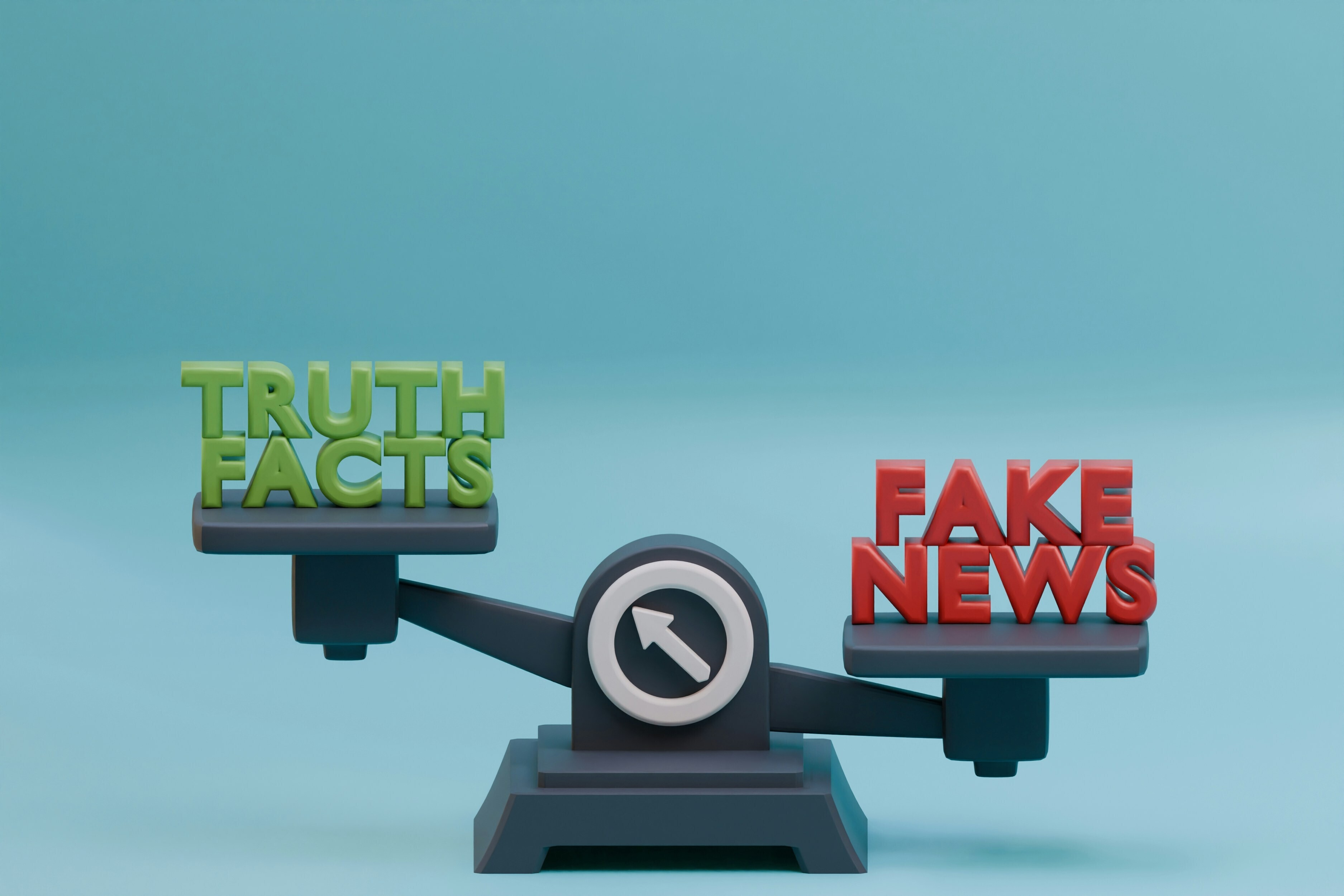This new Indigenous storytelling platform is bringing community stories to the world

A new startup is allowing indigenous communities to tell their stories through film.
Image: Mongabay
Liz Kimbrough
Journalist, MongabayStay up to date:
Brazil
- A new Indigenous geo-storytelling platform, Tribal Stories, launched on the International Day of the World’s Indigenous Peoples.
- The platform is run by nonprofit People's Planet Project.
- It features films created by Indigenous filmmakers from the A’i Cofan community in Ecuador and the Kīsêdjê community in Brazil.
A new indigenous geo-storytelling platform, Tribal Stories, launched on Aug. 9, the International Day of the World’s Indigenous Peoples.
The new platform, by Netherlands-based nonprofit People’s Planet Project (PPP), features films created by Indigenous filmmakers from the A’i Cofan community of Cofan Bermejo, Sucumbíos, Ecuador; and the Kīsêdjê community, from the Xingu Indigenous Territory in Mato Grosso, Brazil.
While making documentaries about Indigenous people, Abdel Mandili, founder of People’s Planet Project, met Indigenous filmmakers and recognized the importance of Indigenous people telling their own stories. He decided to change course and create the nonprofit.
“As a filmmaker, you’re making a documentary from your own perspective,” Mandili told Mongabay, “but if you give the communities the tools and the equipment to tell their own stories, they’re covering what is important to them to tell the world … it’s about amplifying their voices.”
PPP provides filmmaking training and equipment to Indigenous communities. The films being created are for both storytelling and advocacy. Based on community requests, PPP has also developed a curriculum on how to document territories and create maps using GPS devices and geospatial data.
Community ambassadors from within the Indigenous community are trained to become workshop facilitators so they can give the workshops in their own languages and/or to other communities. The hope is to create a “sustainable knowledge circle.”
“We are a global movement of filmmakers who are not only making documentaries but who really want to transfer those skills that we have as filmmakers to the communities themselves,” Mandili said.
“What is the essence of making documentaries and covering those stories as a filmmaker if it’s not making an impact?”
Indigenous communities are often on the front lines of forest change, and best placed to document those changes in real-time. Illegal forest activities such as logging and mining, land grabbing, conflict and fires can be recorded by Indigenous filmmakers with the right tools.
The Kīsêdjê community, featured in the launch, lives within the Xingu Indigenous Territory in the Brazilian Amazon, one of the world’s most biodiverse places. The Kīsêdjê’s land is under threat from land grabbing, deforestation and fires.
The Tribal Stories launch featured films by Kīsêdjê’s filmmaker Kamikia Kisedje, an ambassador for People’s Planet Project. His films are about preserving the environment, the Indigenous perspective on COVID-19, and a ceremonial dance used by the tribe to restore order to the environment.

The other community featured in the launch, the A’i Cofan, live in 13 communities scattered throughout the upper mountain and tropical forests of Ecuador. Their homes face threats from land grabbing, oil prospecting and deforestation. A’i Cofan Indigenous filmmakers presented films about the tribe, their Indigenous knowledge, the state of the forest, and hope for the future.
Community members are very well organized, Mandili says, and they know other communities who would also benefit from what they do, so communities participating in the workshops have been mostly identified via word of mouth. When a new group is nominated, PPP reaches out to its leaders to see if there is a need and an interest in filmmaking workshops.
PPP is working to connect with environmental lawyers and other nonprofits doing similar work to support communities taking legal action to protect their lands. The non-profit is developing workshops in Latin America and Nepal and says it hopes to also train ambassadors in Indonesia and the Congo Basin.
“In the face of multiple threats, Indigenous youth of the Amazon are finding new ways to raise their voices and to share their struggles to protect their lives, cultures, and territories with the outside world,” Jerónimo Zúñiga, Indigenous storytelling coordinator for Amazon Frontlines, an unrelated nonprofit based in the Ecuadorian Amazon, told Mongabay.

Amazon Frontlines has been accompanying and mentoring Indigenous youth who are training as filmmakers, photographers and journalists for several years. Currently, Amazon Frontlines work with Indigenous youth from the Kofan, Waorani, Siekopai and Siona nations in Ecuador.
Indigenous storytelling has always existed, Zúñiga says, but technology is providing a new tool to share cultural knowledge from generation to generation, to help stem cultural loss.
“Through new media, Indigenous peoples are safeguarding hundreds of years of memory, history, and knowledge for future generations.”
Don't miss any update on this topic
Create a free account and access your personalized content collection with our latest publications and analyses.
License and Republishing
World Economic Forum articles may be republished in accordance with the Creative Commons Attribution-NonCommercial-NoDerivatives 4.0 International Public License, and in accordance with our Terms of Use.
The views expressed in this article are those of the author alone and not the World Economic Forum.
Related topics:
Forum Stories newsletter
Bringing you weekly curated insights and analysis on the global issues that matter.
More on Education and SkillsSee all
Rawan bint Najeeb Tawfeeqi
August 11, 2025
Neeti Mehta Shukla
August 1, 2025
Naoko Tochibayashi
July 30, 2025
Lisa Bechtold
July 29, 2025
Veronica Frisancho
July 22, 2025
Sasha Havlicek and Daniel Dobrygowski
July 21, 2025









